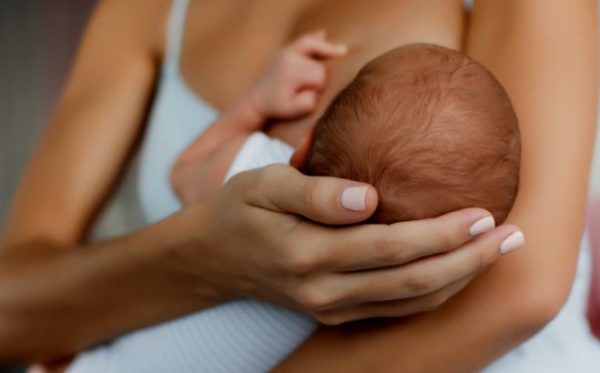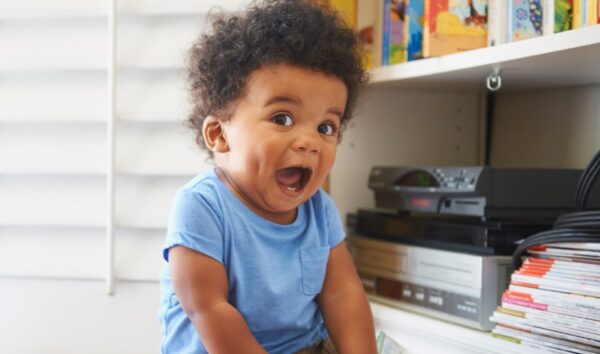Lifestyle
What are the symptoms of HIV in infant and children?

Infants may experience symptoms like inadequate weight gain, intermittent diarrhoea, and pneumonia.
Later, symptoms may include a broad array of health conditions, depending on the intensity of the HIV.
The source of HIV spread in children is usually the parent who has birthed them. Exposure to the virus may happen in the womb, during childbirth, or when breastfeeding.
Treatment of HIV in infants and children is the same as for adults with HIV, that is treatment is received through antiretroviral therapy (ART).
If an infant has an intense case of HIV, the risk of death within the first few months is high even with treatment. Afterwards, the chance of death lowers quickly, and the long-term risk is low.
Below are some of the common symptoms of HIV in infants and children, according to medicalnewstoday.
1. Infants up to 1 year of age
In the first year of life, medical personnel find it tough to recognize HIV. Symptoms in infants may include:
• Delay in physical development, manifesting in inadequate weight gain and growth of bone.
• Swollen lymph nodes.
• Intermittent diarrhoea.
• Swelling in the abdomen.
• Fungal infection in the mouth known as oral thrush.
• Pneumonia.
2. Children older than a year
Medical experts may categorize symptoms in children as mild, moderate, or severe. Mild symptoms include:
• Swollen lymph nodes.
• Swollen salivary glands.
• Itchy rash.
• Consistent or reoccurring ear or sinus infections.
• Abdominal swelling.
Moderate symptoms include:
• Swelling or inflammation of the lung tissue.
• Constant or reoccurring diarrhoea.
• Oral thrush that occurs for more than 2 months.
• Liver inflammation.
• Kidney disease.
• Fever that lasts for more than a month.
• Complicated chickenpox.
Chronic symptoms include:
• 2 serious bacterial infections within a year.
• Brain inflammation.
• Yeast infection in the lungs or digestive tract.
• Tumors
Once you notice any of these signs in your child’s body, ensure you take him or her to the hospital for diagnosis and proper treatment.










